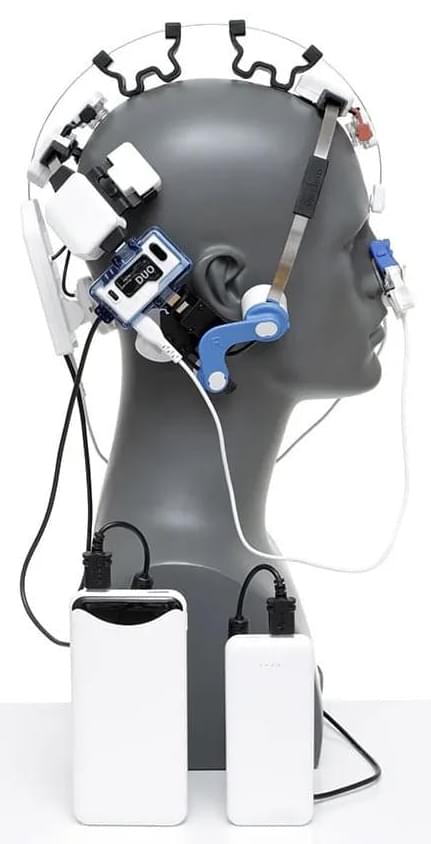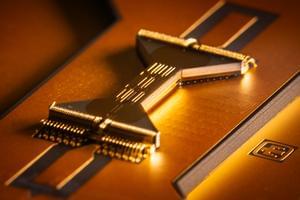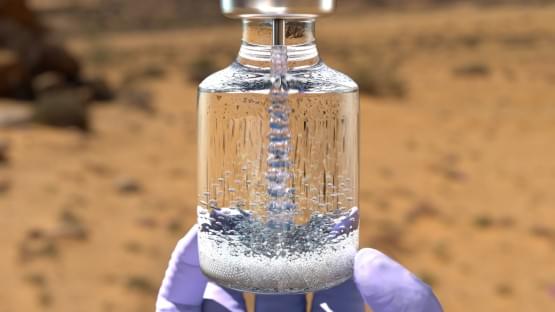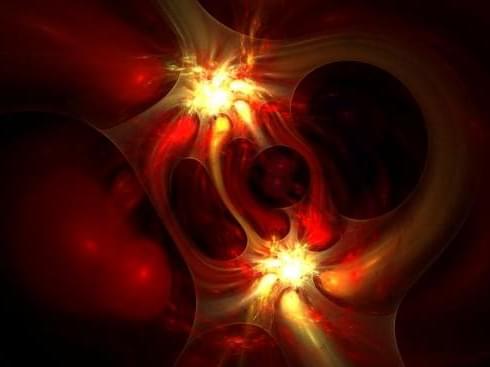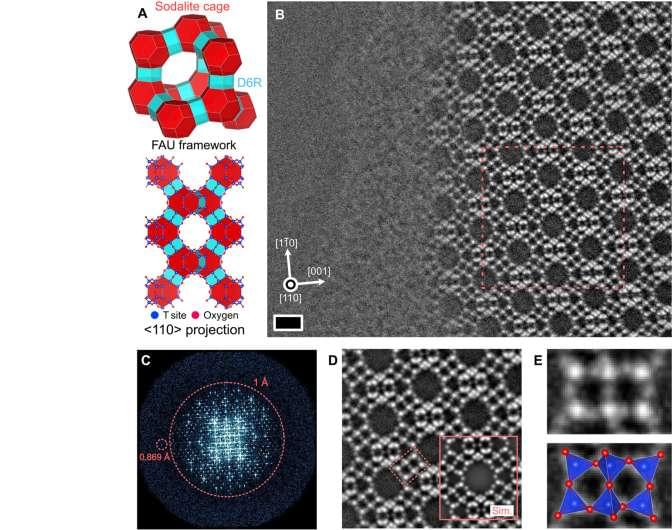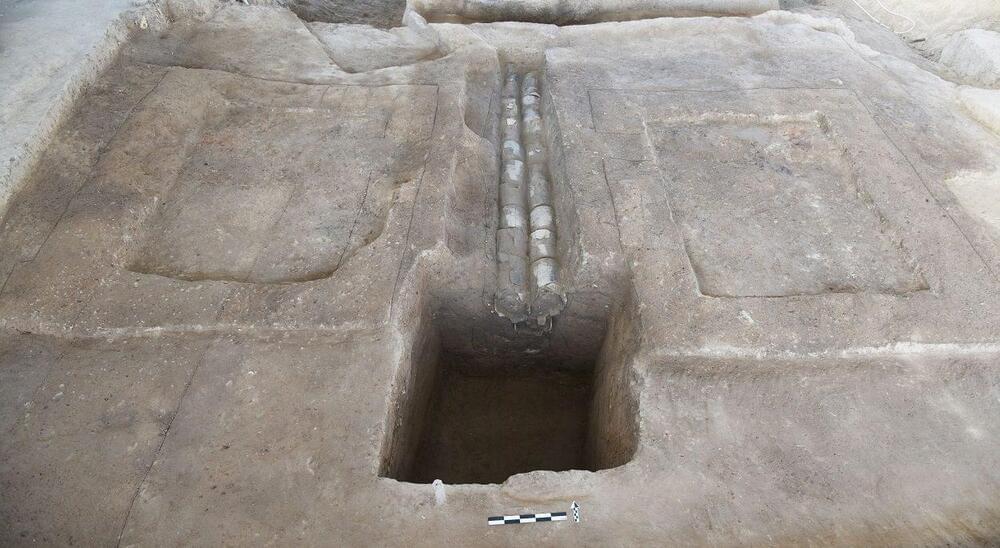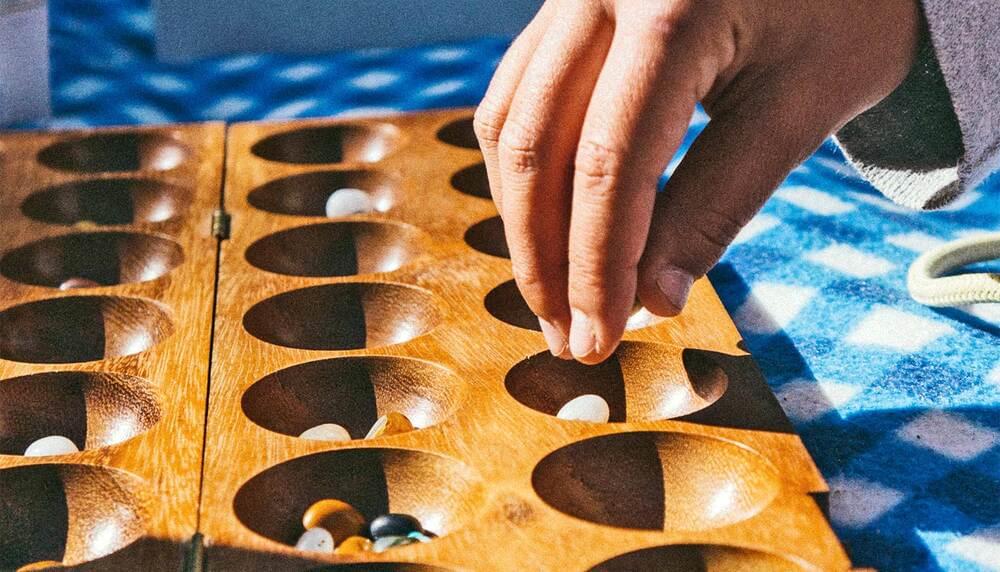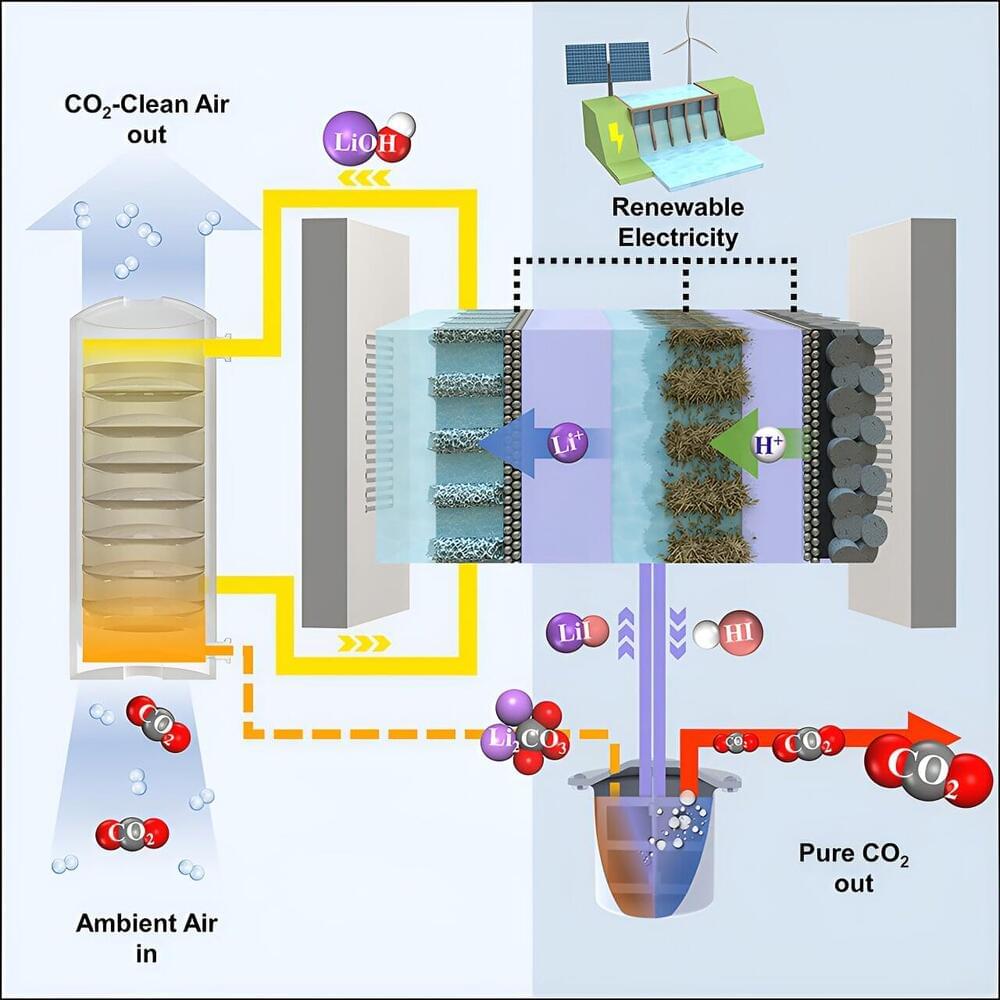Vielight brain photobiomodulation devices combine electrical engineering and neuroscience to improve brain health and performance.
Category: engineering – Page 53
Dr Kathryn Mumford is an Associate Professor in the Department of Chemical Engineering at the University of Melbourne, specialising in separation processes in ion exchange, solvent absorption and solvent extraction technologies. In collaboration with industry, her recent research has pioneered a more efficient, greener process to produce lithium carbonate.
Dr Mumford leads the Sustainable Resources platform, which focuses on research to support the transition to green energy, reduce environmental impact and develop smart mining and processing. Here, she discusses how the platform is tackling the industry’s greatest challenges, and the role the sector will play in decarbonising the world.
I’ve been thinking about sustainability and environmental health throughout my whole career. I saw the consequence of waste and was compelled to develop ways to reduce its impact. My PhD was around environmental clean-up, specifically cleaning up tip sites and fuel spills at contaminated sites in Antarctica – I’ve since been back to Antarctica seven times on clean-up missions.
Another concern was the dissipation of electrical power on the Enchilada Trap, which could generate significant heat, leading to increased outgassing from surfaces, a higher risk of electrical breakdown and elevated levels of electrical field noise. To address this issue, production specialists designed new microscopic features to reduce the capacitance of certain electrodes.
“Our team is always looking ahead,” said Sandia’s Zach Meinelt, the lead integrator on the project. “We collaborate with scientists and engineers to learn about the kind of technology, features and performance improvements they will need in the coming years. We then design and fabricate traps to meet those requirements and constantly seek ways to further improve.”
Sandia National Laboratories is a multimission laboratory operated by National Technology and Engineering Solutions of Sandia LLC, a wholly owned subsidiary of Honeywell International Inc., for the U.S. Department of Energy’s National Nuclear Security Administration. Sandia Labs has major research and development responsibilities in nuclear deterrence, global security, defense, energy technologies and economic competitiveness, with main facilities in Albuquerque, New Mexico, and Livermore, California.
Testing the efficacy of a vaccine candidate is typically a long process, with the immune response of an animal model taking around two months.
A multi-institution team, led by Matt DeLisa, the William L. Lewis Professor in the Smith School of Chemical Biomolecular Engineering, at Cornell Engineering, is developing a method that is more than an order of magnitude faster.
Using a biomaterials-based organoid, developed in the lab of former Cornell professor Ankur Singh, now at the Woodruff School of Mechanical Engineering at the Georgia Institute of Technology, the team was able to assess the strength of the immune response in just days.
Blood vessels form the transportation network within our bodies. They are streets where red and white blood cells drive. They are the delivery system to oxygenate our brain and other vital organs and muscles. There are other highways in our bodies such as our nervous and lymphatic systems, but blood vessels are the ones that are central to healthy heart function and keeping our brain supplied with oxygen. When blood vessels are compromised we can suffer a stroke, heart attack, aneurysm or die.
When usual causes of heart attacks are blocked coronary arteries. The coronary arteries supply blood and oxygen to the heart. When partially blocked people experience symptoms like angina. When blocked they can suffer a myocardial infarction, the fancy name for a heart attack.
Today, harvested blood vessel grafts from human donors or the patient are used for bypassing coronary blood vessel blockages. But researchers at the University of Melbourne believe that fabricated blood vessel tissue that can be shaped to any need would be an effective substitute for existing grafts. The team in its search for a graft alternative has combined a variety of materials and living tissue with a fabrication technique to create complex blood vessels that can serve multiple purposes.
Zeolites have unique porous atomic structures and are useful as catalysts, ion exchangers and molecular sieves. It is difficult to directly observe the local atomic structures of the material via electron microscopy due to low electron irradiation resistance. As a result, the fundamental property-structure relationships of the constructs remain unclear.
Recent developments of a low-electron dose imaging method known as optimum bright-field scanning transmission electron microscopy (OBF STEM) offers a method to reconstruct images with a high signal-to-noise ratio with high dose efficiency.
In this study, Kousuke Ooe and a team of scientists in engineering and nanoscience at the University of Tokyo and the Japan Fine Ceramics Center performed low-dose atomic resolution observations with the method to visualize atomic sites and their frameworks between two types of zeolites. The scientists observed the complex atomic structure of the twin-boundaries in a faujasite-type (FAU) zeolite to facilitate the characterization of local atomic structures across many electron beam-sensitive materials.
According to a study published in the journal Nature Water, Neolithic people living in China were capable of complex engineering feats without the need for a centralised state authority.
Additionally, the strategy only works for mutations that have already been defined. Not all tumors have the same mutations, and some cancers manifest a wide array of mutations, but “it happens that colorectal cancer is one of those that has a small set of very common mutations,” said Cooper.
The technique must also translate to humans, though Cooper pointed out, “This is one of those cases where scaling up to humans might actually help it because everything is bigger, so there’s more target DNA and more biosensors you can fit into the gut.”
If further developed and approved for human use, the engineered bacterial biosensors could be used for other applications, such as rapid diagnosis of gut infections. Additionally, shifting from a detection model to a therapeutic mode, the same bacteria could be engineered to release anti-tumor agents upon detecting tumor DNA, rather than sending a signal that they’ve detected it.
The central problem quantum state engineering is trying to solve, says Ryan Glasser is “what do I need to do to get my quantum system to be in the state I desire?” Researchers hope ManQala, a version of the ancient game mancala, has answers. (Credit: Tobias Tullius/Unsplash)
The game mancala may have originated as far back as 6,000 BCE in Jordan and is played around the world to this day. It consists of stones that players move between a series of small pits on a wooden game board. The point of the game is to get all the stones into the last pit at the end of the board.
A team from the University of Toronto’s Faculty of Applied Science & Engineering has invented a device that leverages electrochemistry to increase the efficiency of direct air carbon capture. Their alternative strategy aims to accelerate the widespread adoption of this emerging technology.
“The technology required to pull carbon directly out of the air has been developing for decades, but the field is now accelerating with governments and industry investing in the infrastructure required to actually do this at scale,” says David Sinton, a professor in the faculty’s department of mechanical and industrial engineering and senior author on a paper published in Joule that outlines the new technique.
“One key barrier is that current processes require a lot of energy, and indeed emit a fair amount of carbon themselves,” says Sinton, who holds a Canada Research Chair in microfluidics and energy and is academic director of the Climate Positive Energy Initiative, one of U of T’s Institutional Strategic Initiatives.
